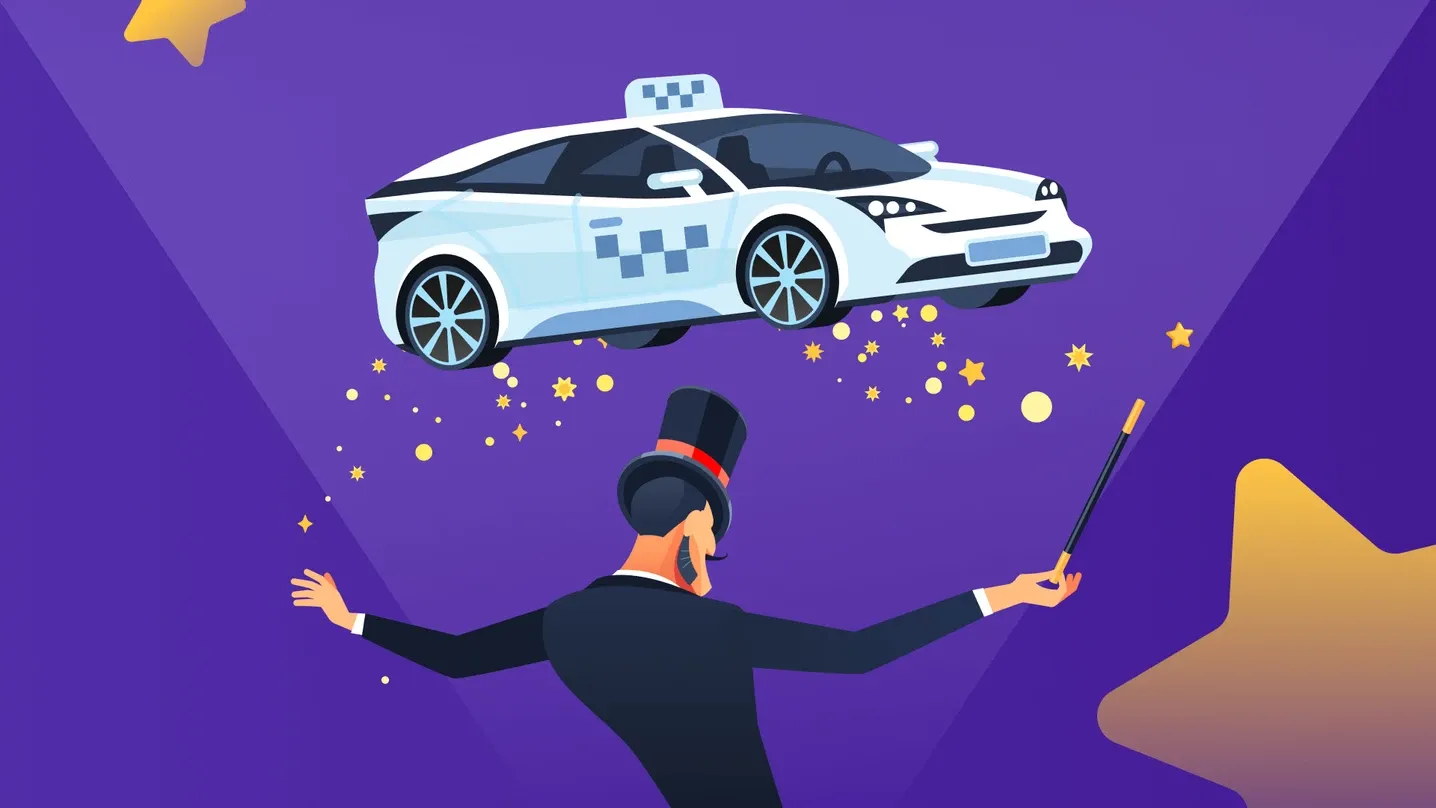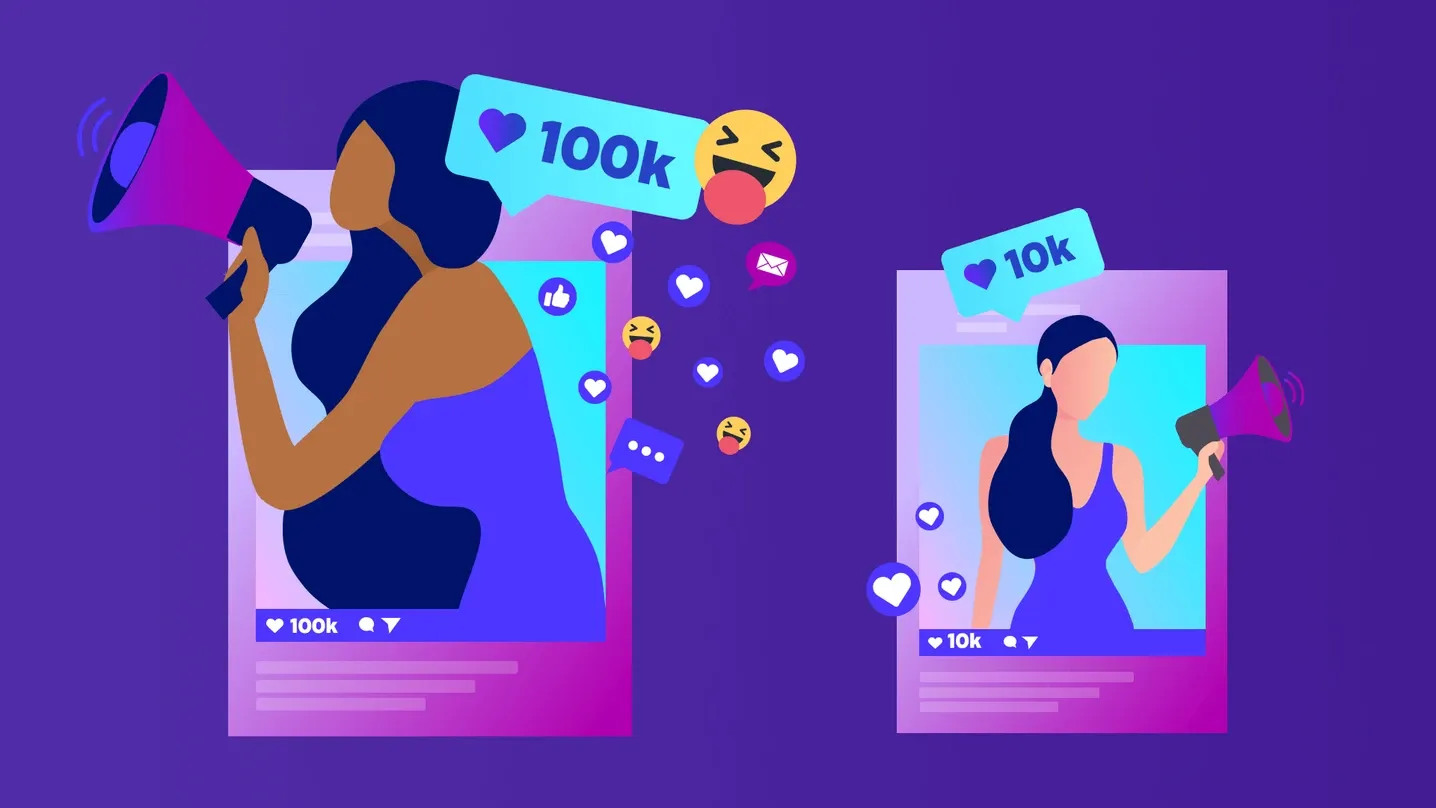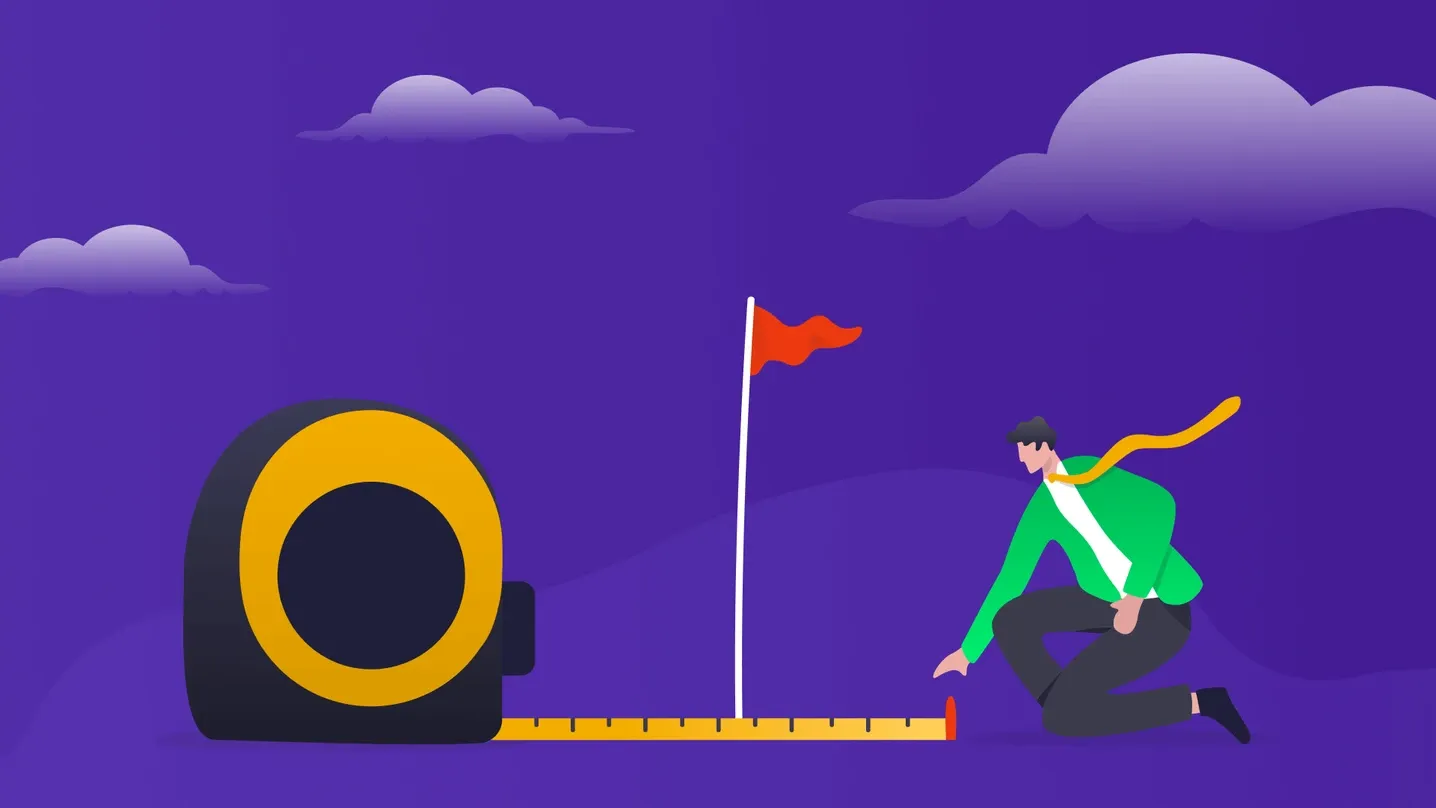Social media influencers for the ride-hailing business
Influencer marketing has been one of the most effective marketing strategies since it became available to every business out there. For a long time now, it’s been the fastest-growing channel for all kinds of companies. In 2019, an average influencer marketing campaign earned $5.78 for every dollar spent. In 2020, The State of Influencer Marketing reported that 66% of marketers plan to increase their influencer marketing budgets.

Why does influencer marketing work?
The relationships people have with influencers are very special. Often, they are called parasocial: where one person extends emotional energy, interest, and time, and the other party, the influencer, is completely unaware of the other's existence. For marketers, this means that the influencers are in possession of the most limited resources of all: attention and trust. No amount of ads can top that.
This applies even more to social media influencers - unlike sports teams, celebrities, or TV stars their lives are right there in front of our eyes. These people are similar to us. They are easy to relate to and they are easy to trust. Marketers know that very well: long gone are the days when brands hunted the coolest singer to promote their products. Today, when a TikTok teen can be more influential than your local governor, marketers rejoice: the choice of influencers is vast and the price is diverse. Influencers now exist in every niche and in every industry. Their audience is targeted, engaged, and loyal.
If done right, social media influencers can increase your brand awareness, promote your product, and drive sales. So, how should you go about influencer marketing campaigns? And what are the specifics of social media influencers for ride-hailing businesses? Let’s dig in.
Define your goals
Just like with any marketing campaign, you’ll need to define your goals before getting started. Some of the goals can be:
- Getting more social media followers
- Increasing website traffic
- Getting more leads
- Improving your service’s recognizability and reputation
Choose the most important outcome and prepare the most desirable KPIs. In this case, all your actions and results will be clear both for you and your partners.
Define your target audience

When it comes to ride-hailing businesses, defining the target audience is relatively easy. You usually have a very specific geographical location and people who live in this area are the ones you should be focusing on.
However, if your ride-hailing service is different from the standard Uber-like services, your target audience might also get more specific - and, therefore, easier to define and target. For example, if you only have electric cars and the main value and unique selling proposition of your ride-hailing company is sustainability, your target audience will be the locals who share this value. This correlates with their demographic (younger people tend to care more about sustainability), income, education, and other factors that you’ll have to research.
Find relevant influencers
Who should you be looking for?
You need to find influencers who have the same audience as the target audience of your ride-hailing company. As mentioned before, for ride-hailing businesses, the main goal is to find local influencers. If this is also a touristic area, it also makes sense to reach out to popular (and sometimes not so popular) bloggers who travel or talk about this area. Try to look at people and brands that are connected to local hotels and resorts, airports, restaurants, convention centers, bars, entertainment facilities. People visiting (and following) these places are more likely to use a ride-hailing app.
If your target audience turned out to be more specific than just every passenger in this area, look for influencers who reflect that. Let’s take the example above: your company works with zero-emission vehicles only in an attempt to save the future. For example, ZEV - a mobility service run on Onde - is exactly that kind of business. They are based in Taiwan and only use zero-emission vehicles. Who would be a relevant influencer for such a service? Local environment activists and local social media influencers who care about the environment. As another example, let’s take a taxi service called Uncle Jasha that operates in Minsk, Belarus. The way this ride-hailing business stands out is by positioning itself as a local taxi app with the “national character”. The influencers they could be looking for would have to be focused on “buying local”, saving culture and traditions of this geographical area, and reviving Belarusian as the language of use (as opposed to Russian, which is more common). So, the point is simple: look for influencers who talk to your target audience.
Does the size matter

Social media influencers can be divided into three categories according to the size of their following:
- Celebrity influencers (100k + followers)
The kind of social media influencers that instantly springs to mind when you hear the word. PewDiePie. Ariana Grande. The Kardashian-Jenner clan. These are the ones that get paid hundreds of thousands of dollars for an Instagram post. For example, Ariana Grande’s estimated average price per post lies between $500,077 and $833,461. And these are not the influencers you need (or, let’s be fair, can afford). So let’s move on.
- Macro-influencers (10k to 100k followers)
This category is most often approached by marketers. They usually have the best combination of reach and engagement, might have an affordable price per post, and also have a set workflow for how they approach brand promotion. Macro-influencers are the ones to target if you have a settled budget for influencer marketing.
- Micro-influencers (up to 10k)
The most underappreciated category. Micro-influencers have the most dedicated and trusting audiences. Their engagement is usually bigger than that of different categories and the results can surprise you in a good way. Micro-influencers won’t charge a lot and might even promote your-ride hailing service for a discount or as a part of building a mutually beneficial relationship. If they truly believe in what you do (e.g., offer zero-emission cars) they might do it for free. Local micro-influencers are worth targeting whether or not you have a marketing budget.
How to find influencers?

This is all very interesting, you might think. But how do I find the right influencers? Do I just scroll through Instagram until I find someone relevant and exciting? Luckily, there are tools and databases for that. You can try Upfluence, AspireIQ, Post for Rent, and others. With every influencer tool, you can filter the results by location, social platform, keywords they use, and the number of followers. You can also use these platforms to communicate with influencers and build your campaigns.
When searching for influencers, try using your ride-hailing business name as a keyword. This way, you’ll find out who has already used your platform and might be genuinely interested in promoting it.
Reach out to chosen influencers
Now that you have a list of influencers you want to collaborate with, it’s time to reach out.
Reaching out with standardized messages en masse won’t lead to the best results. For a successful collaboration:
- your message should be personalized;
- your background research on the influencer should be thorough;
- it should be clear what both you and the influencer get out of it.
So what it is that you can offer?
If your influencer doesn’t know your company, the best thing you can offer is free rides. This way, they’ll get real experience with your app and the drivers. For the ones who already know your company you can also offer free services for a specific period of time, an invitation for a special event, or any kind of partnership that is relevant to what they do.
Of course, it might be that an exchange of services is not an option. Most influencers have a set price per post, review, or any other service they provide. In this case, your opportunities will depend on your budget.
Finally, you can offer them a cool idea - one that they can’t refuse. For example, offer for your business to participate in a contest or giveaway. Leave the control and mediation to the blogger, but provide your service as a reward for the winners. The reward can be free city rides, a few rides to the airport or any other special location, discounts, etc. Contests are fun, engaging, and beneficial for everyone involved. They tend to attract a lot of people, some of whom will end up becoming your clients. At the same time, the influencer will get new followers and participants will get their rewards.
Measure the results & improve constantly

Some of the influencer campaigns end up being a one-time thing, and some are run on a regular basis. In both cases, go back to your initial goals and measure the results. Did your collaboration achieve what it was supposed to achieve? If not, consider changing the influencer and trying out various campaign ideas. There is a lot of potential in influencer marketing - but sometimes, it takes time to hit just the right spot.

